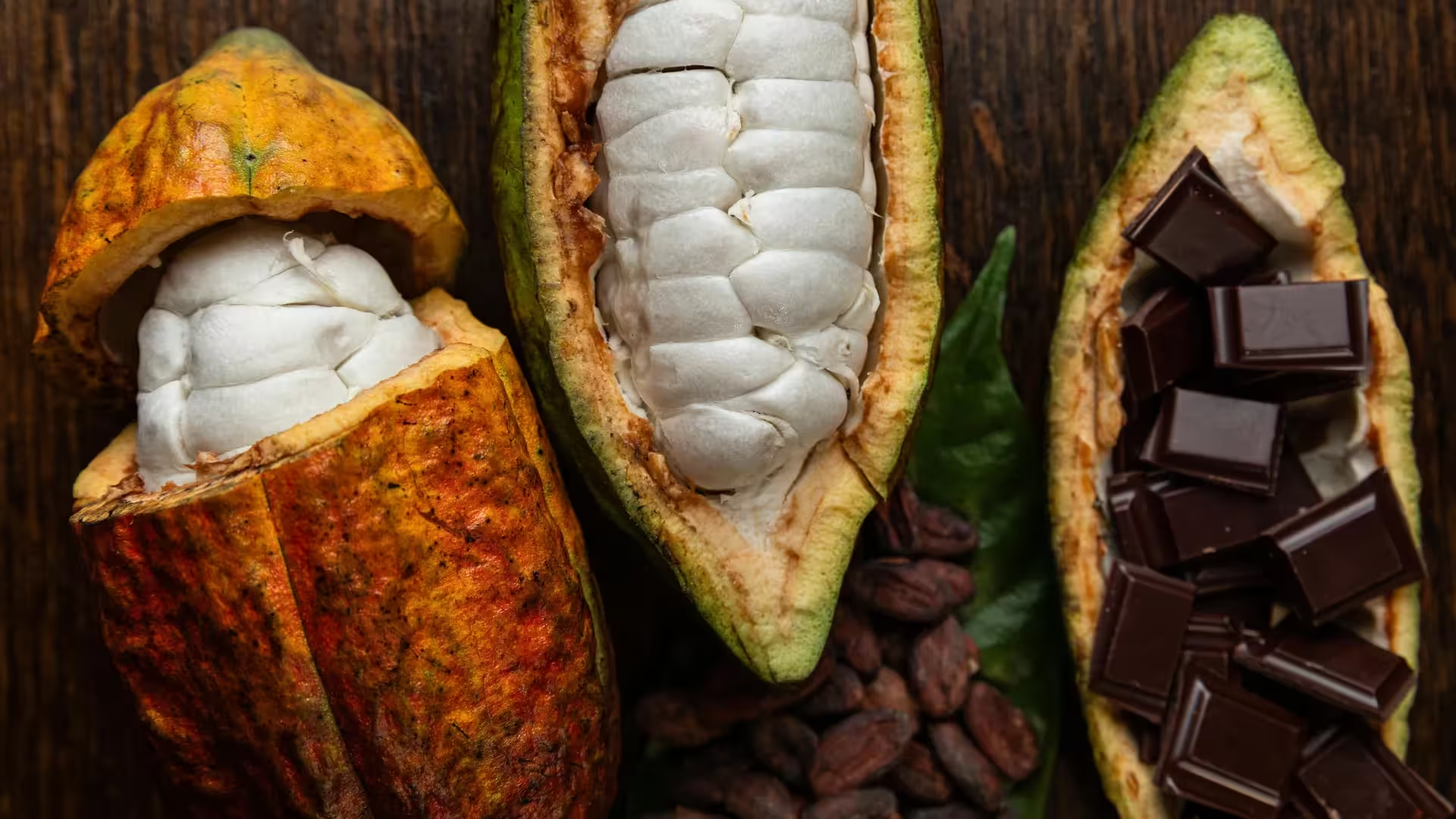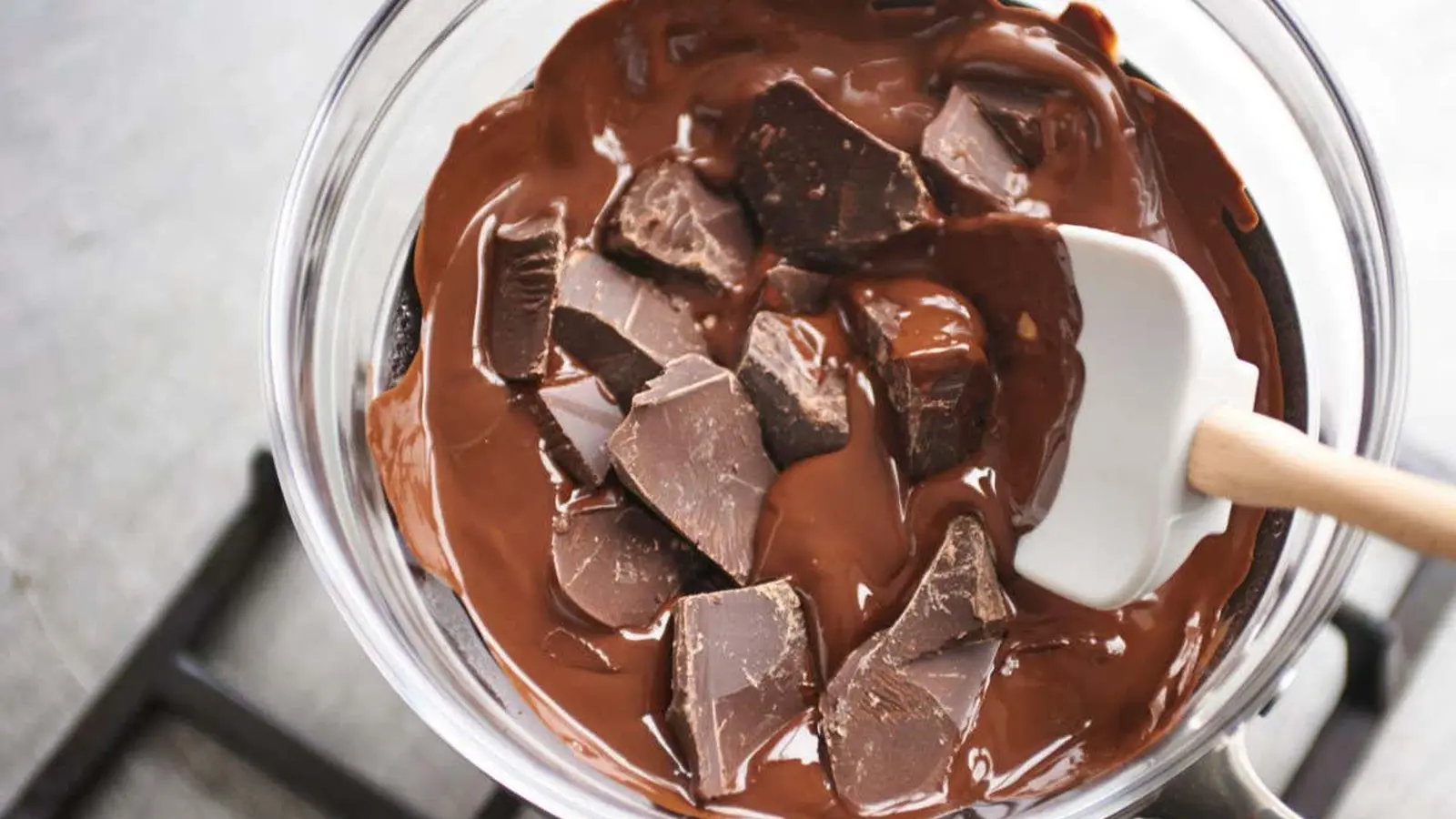5 Minutes
New lab method reproduces farm fermentation to produce consistent fine-flavor chocolate
Researchers have mapped the biological and physical drivers that create chocolate's complex aroma and taste, and used that knowledge to reproduce high-quality cocoa fermentation under controlled laboratory conditions. Credit: Mimi Chu Leung
Cacao fermentation is the critical first step after harvest that sets the chemical foundation for chocolate flavor, aroma complexity and bitterness reduction. A team from the University of Nottingham's School of Biosciences published a study in Nature Microbiology identifying how temperature, pH and the composition of the fermentation microbiome interact to determine fine-flavor outcomes in chocolate.
Scientific background: why fermentation matters
Fermentation converts the raw bean into the flavor precursors that develop during roasting and conching. On farms, fermentation is typically spontaneous: freshly harvested cacao beans are heaped in boxes, heaps or baskets and allowed to ferment under ambient conditions. Naturally occurring yeasts, bacteria and filamentous fungi from the environment colonize the pulp and semicured beans and metabolize sugars and other substrates, producing organic acids, alcohols and volatile compounds that later give chocolate its characteristic notes.
But spontaneous fermentations are variable. Abiotic factors such as ambient temperature and pH, together with which microbes happen to dominate, differ between harvests, farms and regions. That variability makes it difficult for farmers and chocolate makers to reliably produce fine-flavor chocolate, an issue the Nottingham team set out to address.
Study design and lab fermentation: linking farm data to a synthetic community
The researchers worked alongside Colombian cacao producers, tracking on-farm fermentations while measuring bean temperature, pH and microbial succession. High-resolution microbial profiling revealed specific bacterial and fungal species and metabolic traits strongly associated with the sensory characteristics of fine-flavor chocolate.
Using those field data, the team designed a defined, synthetic microbial community — a curated mix of yeasts, bacteria and fungi — and reproduced the fermentation process in the laboratory with tight control over temperature and pH. The lab protocol replicated the key metabolic transformations and sensory outcomes of traditional on-farm fermentations, showing that the core chemistry of fine-flavor chocolate can be engineered predictably.

Microbial community and metabolic markers
The study highlights both biotic and abiotic markers that act as consistent predictors of flavor development. Certain microbial taxa and their metabolic pathways correlated strongly with desirable volatile compounds and taste profiles. Simultaneously, target ranges for temperature and pH emerged as reproducible indicators that drive these metabolic processes toward fine-flavor endpoints.
Key discoveries and implications for chocolate production
The major advance is twofold: first, identification of measurable markers (microbial signatures, pH and temperature ranges) that reliably forecast flavor trajectories; second, demonstration that a defined starter community and controlled fermentation conditions can reproduce fine-flavor chocolate chemistry and sensory attributes.
Dr David Gopaulchan, the study's lead author, notes that moving from unpredictable, spontaneous fermentations to a standardized, data-guided approach could transform cocoa processing. Producers could use starter cultures and monitored fermentation parameters to reduce batch-to-batch variability, unlock new flavor profiles and maximize the value of their crops — much as starter cultures standardized and improved consistency in beer and cheese industries.
Related technologies and future prospects
This work opens pathways for applied tools such as optimized starter cultures, sensor-based fermentation controls and predictive models that combine microbiome data with temperature and pH time-series. For artisanal and industrial chocolate makers, these technologies could enable reproducible fine-flavor products and experimental flavor design by selecting microbial consortia and processing profiles.
Potential challenges remain around accessibility and adoption for smallholder farmers: implementing starter cultures and monitoring equipment requires training, quality control and supply-chain adjustments. Still, the new lab-based method provides a roadmap for scaling and democratizing flavor-quality improvements in the cocoa sector.
Expert Insight
Dr. Elena Márquez, food microbiologist and science communicator, comments: 'This study bridges field ecology and applied fermentation science. By isolating the microbial and physicochemical levers that steer flavor chemistry, it becomes possible to design fermentation protocols that are both reproducible and adaptable to local conditions. The next step is piloting these starter systems on farms to ensure they work outside the lab.'
Conclusion
The University of Nottingham team’s research demonstrates that chocolate flavor need not be left to chance. By identifying the microbial species, metabolic traits and precise temperature and pH windows that produce fine-flavor chocolate, and by reproducing those conditions with a defined starter community in the lab, scientists have laid the groundwork for standardized, predictable cocoa fermentation. This approach promises more consistent high-quality chocolate, new flavor innovation, and tools to help growers and manufacturers optimize crop value while retaining opportunities for local adaptation.
Source: sciencedaily


Leave a Comment